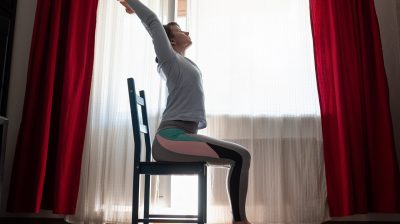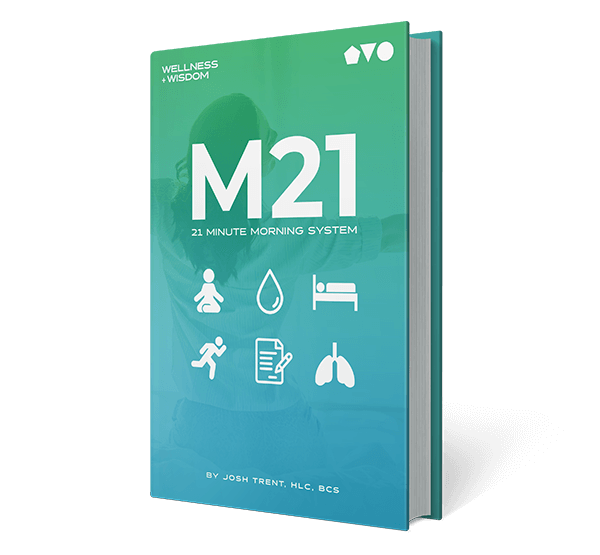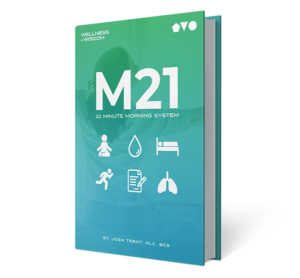 In today’s fast world, work-life balance is essential. Professionally, our jobs can overwhelm us and lead to burnout and stress. Maintaining mental and physical health calls for controlling the work-to–leisure shift. This equilibrium increases health, happiness, and output. Knowing how to separate our personal and professional lives can enable us to have more harmonic lives.
In today’s fast world, work-life balance is essential. Professionally, our jobs can overwhelm us and lead to burnout and stress. Maintaining mental and physical health calls for controlling the work-to–leisure shift. This equilibrium increases health, happiness, and output. Knowing how to separate our personal and professional lives can enable us to have more harmonic lives.
Table of Contents
Making self-care a habit
Prioritizing self-care is crucial for reducing stress and ensuring a smooth transition between work and play. Consistent self-care practices help you maintain better overall health and well-being. Incorporating products such as turmeric latte or organic CBD like those from onefarm.com can enhance relaxation after a demanding day, promoting health and leisure. These routines foster a more harmonious and balanced lifestyle. By making self-care a habit, you replenish your energy and prepare yourself to face the next day's challenges with renewed vigor.
Setting clear work-life boundaries
Work-life balance depends on obviously distinguishing personal time from work. It is vital to set and follow working hours. Steer clear of business-related chores outside these hours to help distinguish personal from corporate life. Setting these limits to colleagues and relatives guarantees their respect for your time. This strategy lets you appreciate your interests by keeping work out of your free time.
Create a relaxation routine
Establishing a relaxation routine helps you move from work to enjoyment. This practice can incorporate leisureful pursuits such as strolling, meditation, or reading. Choose pastimes that let you unwind and forget about job pressure. Regular relaxation programs let you let go of work and enjoy your free time. This method finally signals peace in your body and mind.
Physical activity benefits
Another great way to transition from work to leisure is through physical activity. Exercise enhances health, reduces stress, and makes one happier. Including yoga, running, or stretching in your regular routine will help your attitude after work. Working out releases endorphins that boost mood, enabling you to unwind and savor the day.
Meditation, mindfulness
From business to leisure, mindfulness and meditation can guide you. These techniques ask one to be present and let go of distractions and tension. A few minutes a day of mindfulness or meditation will help you relax and reduce anxiety. Every day, you can work on guided visualization, progressive muscular relaxation, and deep breathing. Over time, mindfulness and meditation help one better manage stress and increase well-being.
Set a calm environment
Moving from work to pleasure requires home comfort. This means eliminating the work-related clutter and distractions off the desk. Set up a peaceful area with cozy chairs, calming colors, and soft lighting. Essential fragrances, soft music, and ambient noises of nature can improve the soothing atmosphere. This special space reminds you to relax and enjoy yourself after leaving the office.
Prioritizing leisure activities
A balanced life depends on making leisure activities a top priority. Essential time should be set for leisure activities, including family, hobbies, and reading. Making time for leisure activities helps you avoid work from consuming you and gives you something to look forward to. Leisure advances a balanced, emotionally and psychologically sound way of life.
Accepting the path to serenity
Effectively transitioning from work to leisure requires ongoing commitment. Setting limits, establishing relaxation techniques, physical activity, awareness, peaceful surroundings, leisure activities as a first priority, and expert aid will help you lead a balanced and happy life. Follow this road to peace and lead a balanced life, promoting rest and production.









